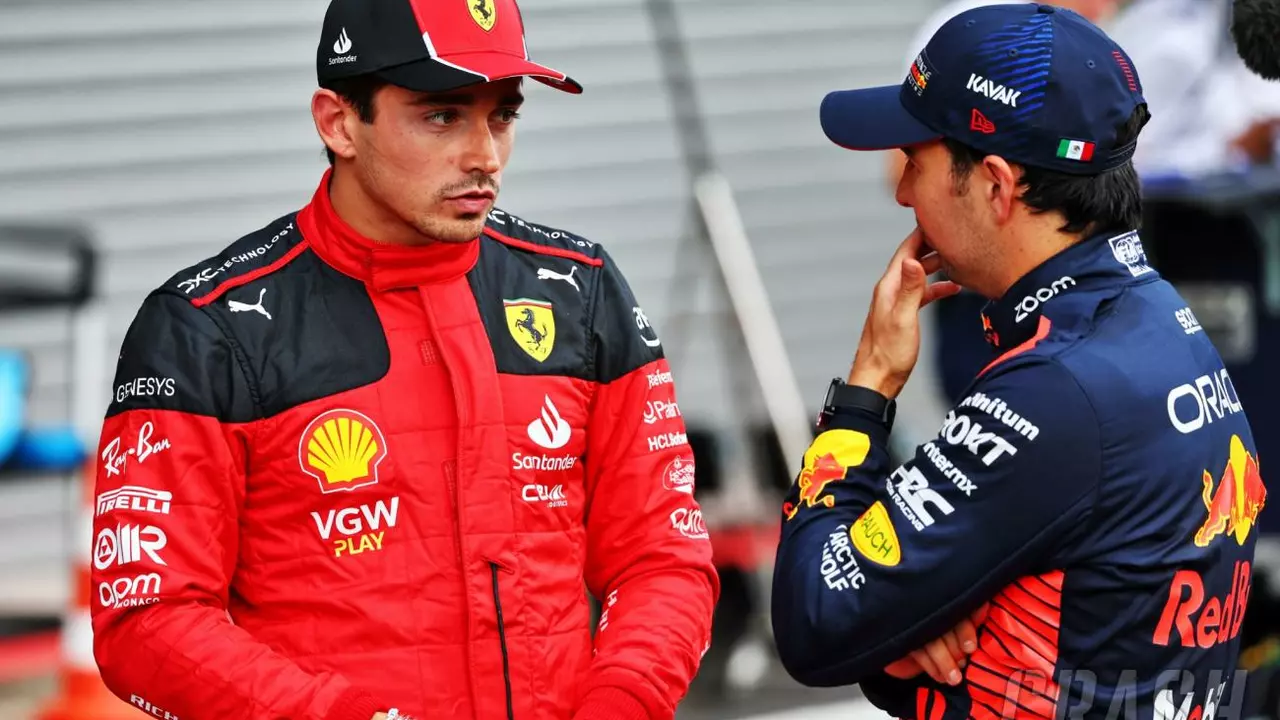Pole Position Explained – What It Is and Why It Matters
If you’ve ever watched a race and wondered why the driver at the very front gets all the attention, you’re looking at the pole position. In simple terms, pole is the starting spot right at the front of the grid. It’s earned by posting the fastest time in the qualifying session, and it gives the driver a clear track ahead when the lights go out.
Getting pole isn’t just bragging rights. It can shave seconds off a race result because the driver avoids the traffic and possible first‑lap incidents that happen in the middle of the pack. That clean start often translates into better lap times, fewer tyre wear issues, and a smoother race strategy.
How Pole Position Is Earned
Each racing series has its own qualifying format, but the goal is the same: set the quickest single lap. In Formula 1, for example, the drivers split into three short sessions (Q1, Q2, Q3). The fastest ten from Q2 move to Q3, and the quickest lap in Q3 wins pole. In IndyCar or NASCAR, the format can be a single timed run or a group of drivers on track at once.
Weather can play a big role. A dry track is usually faster than a wet one, so teams watch the forecast closely and may send their driver out early if rain is coming. The car’s setup – tyre choice, wing angles, fuel load – is also tweaked just for that one fast lap.
Tips to Make the Most of the Front Row
Even if you’re a fan, knowing a few tricks helps you spot a good pole run. First, listen for the engine revs – a driver who pushes the revs high is often trying to extract every bit of power. Second, watch the tyre temperatures; they should be in the sweet spot for grip. Finally, notice the slip‑stream effect – a driver might follow another closely to get a speed boost before making a move.
For drivers, the key is consistency. Hitting the braking point, turning in, and hitting the apex all at the same spot each lap builds confidence. A clean, smooth line reduces the chance of a mistake that could cost pole.
Fans love pole because it adds drama before the race even starts. Social media feeds light up with lap times, and broadcasters often replay the fastest lap on screen. It’s the moment where skill, engineering, and a bit of luck meet.
Historically, some racers have turned pole into a win streak. Think of Michael Schumacher’s early‑2000s dominance or Ayrton Senna’s legendary qualifying speed. Those names show that a great pole can be the first step to a great victory.
If you want to follow pole positions live, check the official timing apps or the series’ website. They list the current top times, the driver’s name, and even the sector splits – a deeper look at where the lap was fastest.
In short, pole position is the ultimate reward for a single fast lap. It gives a driver the best chance to lead the race, stay out of early trouble, and control the pace. Whether you’re a driver chasing that front‑row spot or a fan cheering from the couch, understanding pole makes the whole race more exciting.
Why is it called pole position in racing?
Well, folks, let's dive into this racing jargon! "Pole position" - sounds fancy, right? It's actually pretty simple! The term originates from horse racing, where the fastest steed was given the 'pole' position, right next to the inside rail. In car racing, it's similar - the speediest hot rod in qualifying rounds nabs the 'pole position', the prime spot on the grid. So, if you hear "pole position," think "speedy Gonzalez on wheels!"


